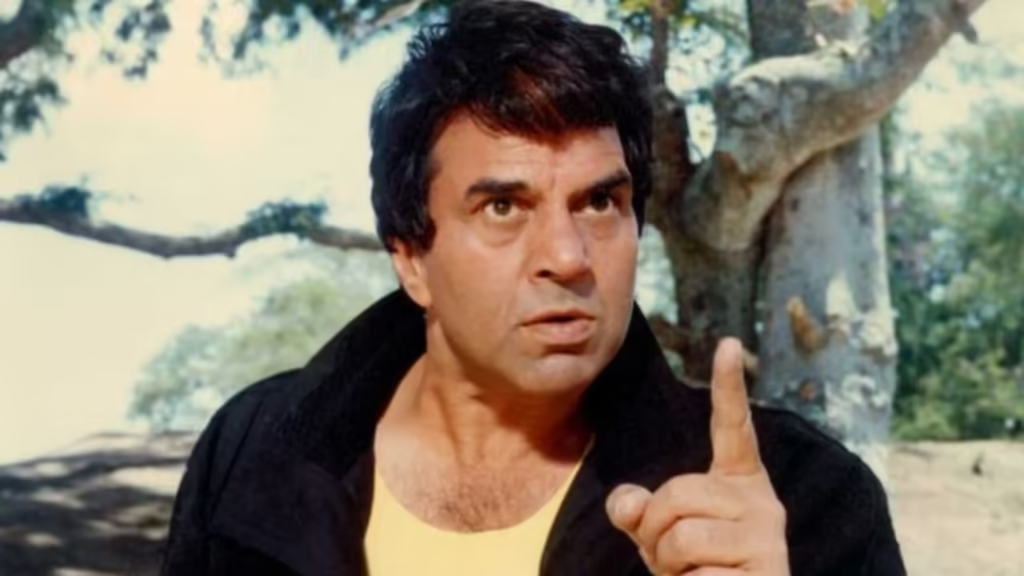Now Reading: ₹1,600‑Crore ‘Ramayana’ Gamble: India’s Costliest Film Franchise Sets the Stage
-
01
₹1,600‑Crore ‘Ramayana’ Gamble: India’s Costliest Film Franchise Sets the Stage
₹1,600‑Crore ‘Ramayana’ Gamble: India’s Costliest Film Franchise Sets the Stage

India’s film industry has never seen a wager this large. Director Nitesh Tiwari’s upcoming two‑part adaptation of the epic Ramayana, headlined by Ranbir Kapoor as Ram and Kannada superstar Yash as Ravana, is being mounted on a reported ₹1,600‑crore budget—more than the combined cost of recent blockbusters RRR and Jawan. With global composers Hans Zimmer and A.R. Rahman on board and a release window spanning Diwali 2026 and 2027, the project promises scale—and risk—on a mythic level.
AN EPIC SCALE FOR AN EPIC STORY
Producers at Prime Focus‑backed production house Media Monks plan to shoot across the U.K. and multiple Indian locations, building vast digital sets and photoreal VFX assets in advance. Part 1 alone is pegged at about ₹900 crore, reflecting heavy front‑loaded investment in world‑building; Part 2 will use those assets, trimming costs to roughly ₹700 crore.
WHERE THE MONEY IS GOING
Beyond cast salaries—industry insiders peg Kapoor’s fee at ₹150 crore and Yash’s at ₹200 crore—the budget covers proprietary virtual‑production stages, 3‑D scanning of principal actors, and thousands of VFX shots by DNEG teams in Bengaluru and London. The aim is to deliver visual spectacle that can compete with Hollywood while retaining a rooted Indian aesthetic.
OPPORTUNITIES BEYOND MUMBAI
For Tier 2 cities, the ripple effects are tangible. VFX training hubs in Indore, Chandigarh and Kochi report rising enrolments as studios scout fresh talent. Single‑screen owners in Nagpur and Surat, hard‑hit by the pandemic, are eyeing the Diwali 2026 launch as a potential lifeline; advance negotiations with multiplex chains suggest premium “event pricing” across non‑metro circuits. Local handicraft clusters in Ayodhya and Mysuru have secured contracts to supply textile designs for on‑screen costumes, injecting new revenue into small businesses.
CALCULATING THE RISK
Analysts caution that even a ₹1,000‑crore global gross may not break even once marketing and revenue shares are factored in. Recent high‑budget misfires (Adipurush, Brahmastra) underscore the volatility of mythological spectacle. Yet streaming giants are believed to be bidding aggressively for digital rights, which could cushion theatrical risk.
WHAT IT MEANS FOR AUDIENCES
If the gamble pays off, viewers from Patna to Coimbatore could see a new benchmark for Indian fantasy—a home‑grown franchise capable of matching Marvel‑level production values. If it falters, industry financing norms may tighten, making such mega‑budgets rare for years to come.
CONCLUSION
Ramayana’s sky‑high stakes mirror the timeless duel it depicts: ambition versus adversity. Whether Nitesh Tiwari’s vision redefines Indian cinema or serves as a cautionary tale, its impact on regional jobs, exhibition infrastructure and global perception of Bollywood is already unfolding. For movie‑goers in India’s heartland, the countdown to Diwali 2026 has never felt more consequential.

























